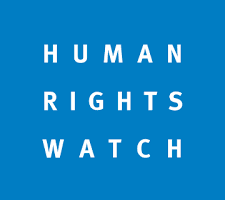From The Office of Governor Ned Lamont (Connecticut)
Governor Ned Lamont today announced that he is endorsing a plan developed in consultation with Connecticut Department of Public Health Commissioner Dr. Manisha Juthani and Connecticut State Department of Education Commissioner Charlene Russell-Tucker to eliminate the statewide requirement that is in effect as part of Connecticut’s COVID-19 safety protocols for masks to be worn in all schools and childcare centers effective Monday, February 28, 2022, and on that date allow the determination on whether to require masks in these locations to be made at the local level.
The plan is contingent upon the Connecticut General Assembly voting to extend – through legislation – the governor’s existing executive order that enables the public health commissioner with the ability of implementing mask requirements in certain settings.
Governor Lamont’s COVID-19 emergency declaration and related authority to issue executive orders in response to the pandemic are set to expire on February 15, 2022. On that date, the governor will no longer be able to enact emergency orders on the pandemic. The governor and legislative leaders recently reached an agreement under which the legislature will pass a resolution continuing the public health and civil preparedness emergencies and determine which of the governor’s orders to continue through legislation and which to let expire. The governor recently provided legislators with a list of 11 orders he recommends continue after February 15, 2022.
“Connecticut is seeing a dramatic decline in cases caused by the Omicron variant, and children over the age of 5 have had the ability to get vaccinated for more than three months now,” Governor Lamont said. “With this in mind, I think we are in a good position to phase out the requirement that masks be worn in all schools statewide and shift the determination on whether to require this to the local level.”
While Governor Lamont endorses the plan to eliminate the universal mask requirement for schools and childcare centers, he recommends that it remain in place in other settings where it currently is in effect, including healthcare facilities, facilities housing vulnerable populations, public and private transit, and correctional facilities.








Comments